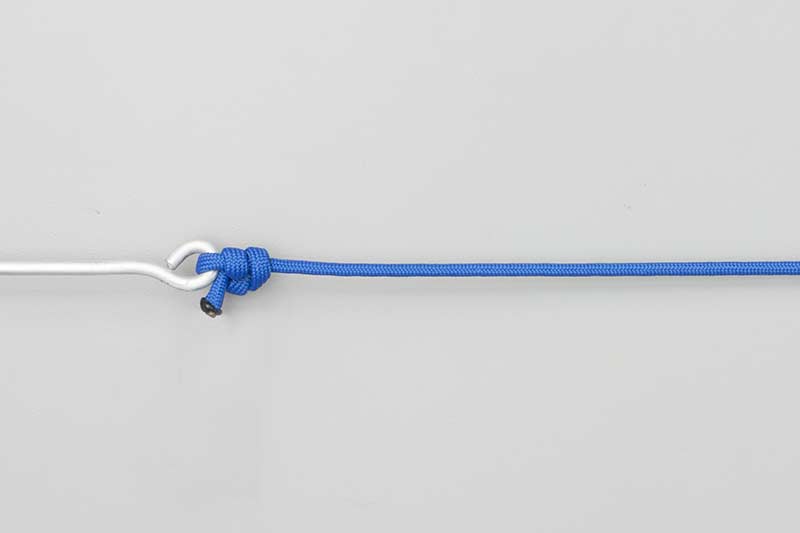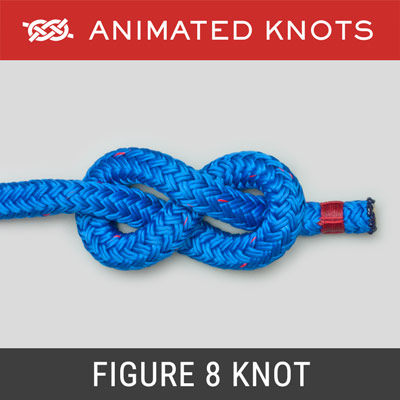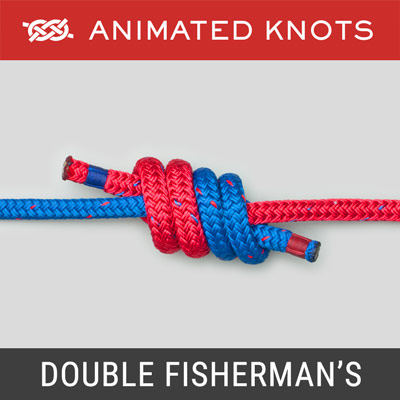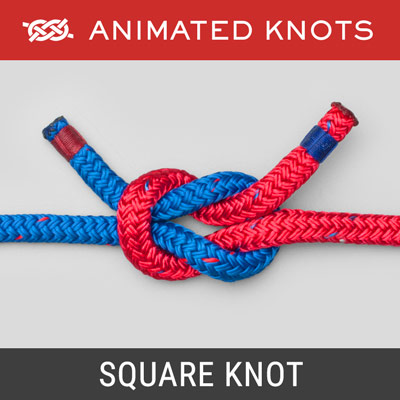Secure, and fast tying knot for attaching a hook or fly.
Double Davy Knot
Secure, and fast tying knot for attaching a hook or fly.
 |  |

 |  |  |  |  |
To Step use Arrow Keys (
Origin: The Double Davy Knot is derived from the original Davy Knot created by Davy Wotton. The objective was a knot which could still be tied quickly and easily but would be more secure in some situations..
Tying it: The animation shows how similar the Double Davy Knot is to the Davy Knot. The only difference is the additional step (Frame 6) where the tag end is passed through the loop a third time.
Options: Although the Animation shows one of the commonest methods used to tie the Double Davy Knot, on Matt’s Bucket Blog, Davy himself says: “…Your description is one of the two ways to form the DD. The second way l do it is to form the first or second turn twice in the same direction. So you go over and under and then go around that leg again before the cross over to the reverse….”
Tightening it: Like the Davy, the tag end must lie against the eye under the knot. If the tag end slides away from the knot towards the center of the eye, the knot holds much less well. Also, although some people grip the tag end with their teeth, Davy cautions against it because of the risk of bacterial contamination.
Relative Diameters of Tippet and Eye Wire: When the wire diameter is larger, the Davy Knot is more likely to slip and the Double Davy Knot is preferred.
Advantages: The Double Davy Knot has been tested against other knots. Although Matt found the Non-Slip Mono strongest, in general the Double Davy Knot performs very well and is stronger than other knots including the Davy. Like the original Davy it has a small footprint and can be tied quickly, even with cold fingers.





